Zakk Wylde's 10 tips for guitarists
"If you have great technique but terrible vibrato, it ruins the whole thing"
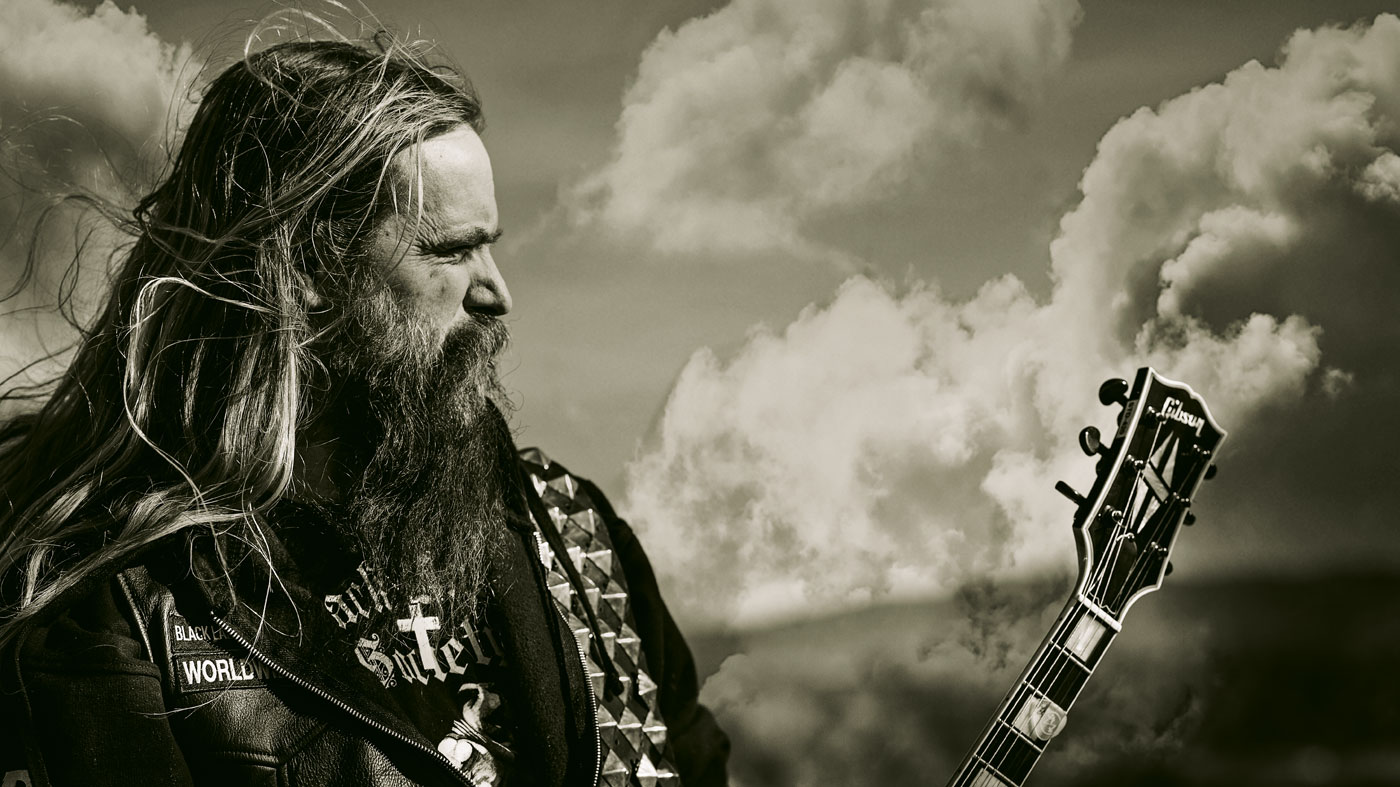
MusicRadar's best of 2018: Zakk Wylde has been a busy man. As well as penning and recording Black Label Society’s latest opus, half-jokingly titled Grimmest Hits, he’s been reunited with the man who kick-started his career - Ozzy Osbourne - and touring in his own Black Sabbath covers band, Zakk Sabbath.
“We did Knotfest Meets Ozzfest in San Bernardino last year and I realised the last time I’d played in California with the boss was 10 years ago!” he tells us, perched on the sofa in his west London hotel room. “Well, that just flew by. Even when Gus G was taking care of business and killing it while I was gone, I always talked with Oz and Sharon… our relationship is bigger than music. When I got back and we ran through those songs again, it was like I never left.”
Watch any of the live footage on YouTube and you’ll be inclined to agree. Here metal’s very own ‘miracle man’ talks us through the concepts behind his world-conquering technique…
1. Hand of doom
How Zakk came up with that signature style…
“When I got the gig with Ozzy in 1988, Yngwie Malmsteen was at the height of his fame. They were opening up wards at Berklee College Of Music specifically to study classical pieces, just because of how huge he was. It was really that big. I figured if you don’t want to sound like him, stay away from harmonic minor and diminished scales or sweep picking. The same goes for Van Halen: don’t do any taps. It’s like crossing things off a list of what not to do if you personally don’t want to sound like anyone else that’s popular at that time.
It’s your own soup. Have a good time coming up with recipes...
“I crossed off all these things on the list and looked at what was left; three-note diatonic scales. I got rid of that too, so all that was left was pentatonics, ha ha! I forced myself to come up with things creatively using mainly that.
"Two notes per string felt different to three and became this whole different ball game. There are a number of different ways for you to do your thing. Think of them as all these seasonings and you have to ask yourself, ‘What do I want to taste?’
Want all the hottest music and gear news, reviews, deals, features and more, direct to your inbox? Sign up here.
"It’s your own restaurant. It’s your own soup. Have a good time coming up with your own recipes with the formula and ingredients!”
2. Speed king
Why Zakk favours economy picking over alternate for certain licks…
“My faster pentatonic licks are about making it as economic as possible. Sometimes I won’t play strict alternate and I’ll strike through instead. I’ll go down, up and up again, then down if I’m playing E minor descending on the two highest strings up at the 12th fret.
"When everyone talks about the guys that play really fast: guys like Jimi Bell or Michael Angelo Batio - they barely lift their fingers. There’s very little movement and, because of that, these guys can execute their chops blazingly fast. Chris Impellitteri is another one, when he shreds there’s little movement. They make it as economic as possible.
"Learning it is a matter of repetition. That’s all it is: repetition, repetition, repetition - to the point where it’s effortless. When you watch Yngwie Malmsteen play, it barely looks like he’s picking. But he is picking those notes, man!
"You might think it’s more legato than it is, but it’s not. He’s pretty much picking it all, whether in sweeps or alternate.”
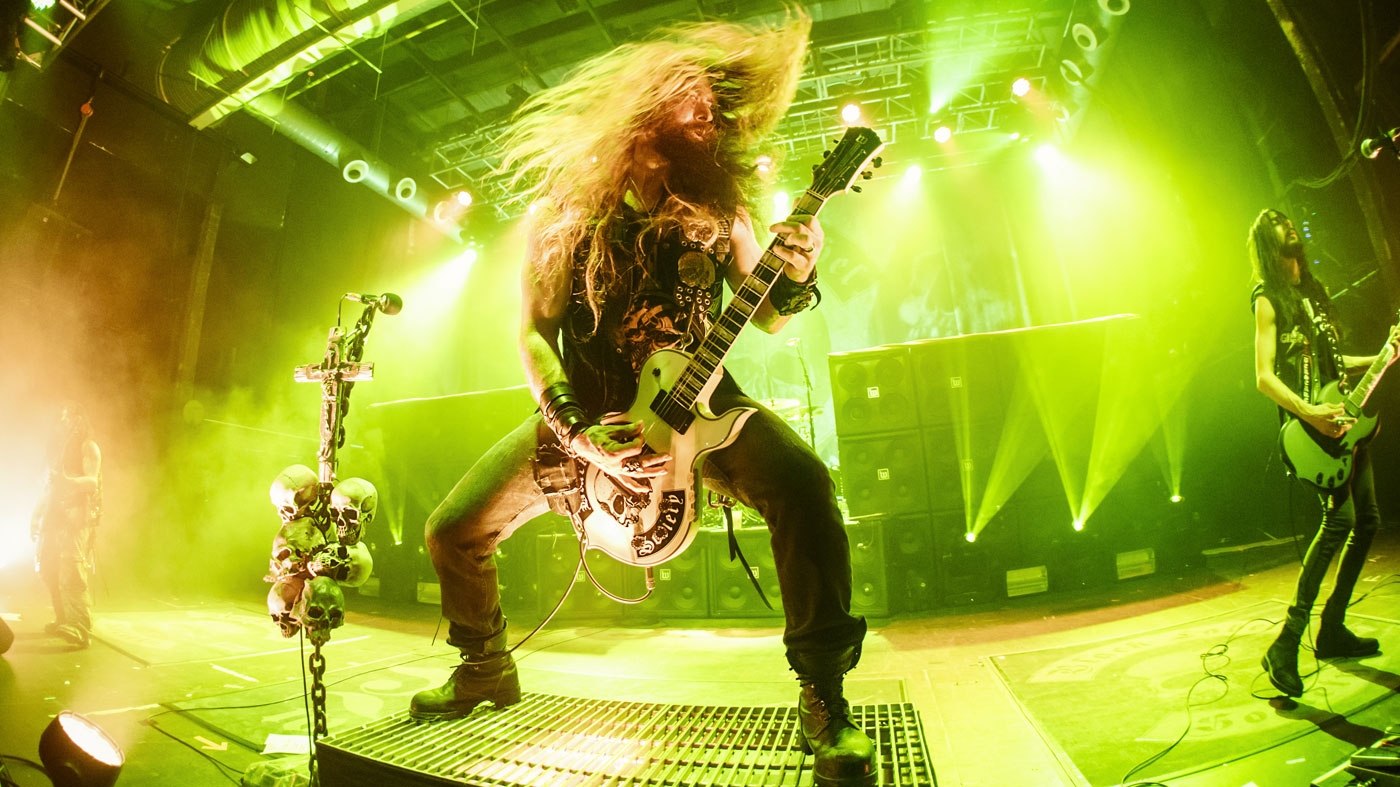
3. Pentatonic hardcore
Zakk explains how key players made him look at the pentatonic scale differently…
“I learned a lot about the pentatonic scale listening to John McLaughlin on Inner Mounting Flame by Mahavishnu Orchestra. People always associate the pentatonic scale with Angus Young or Jimmy Page or Hendrix, Clapton, Beck and all those early 60s/late 70s rock players.
John McLaughlin and Frank Marino opened up new doors in terms of what you can do with those five notes
“At one point, I even thought that the pentatonic scale was a bit like the easy way out, but when I heard McLaughlin and Frank Marino on Mahogany Rush Live, those guys just opened up new doors in terms of what you can do with those five notes. That’s what makes guitar playing great… it’s limitless.
"Someone like David Gilmour can make those exact same notes sound so different. The fact that he didn’t want to play like everyone else around is what made those solos on songs like Comfortably Numb sound so perfect.”
4. Pick it ’n’ flick it
The Black Label guide to right-hand technique
“The weird thing about playing is there is no right or wrong way to hold a pick or run through picking patterns. I remember reading an article where Al Di Meola said he ended up developing his picking through all the guys he was trying to copy and a lot of them were fingerpickers.
"It’s like Jeff Healey, he figured out that’s the way to play because he was blind. When he started, he had no reference to come at it with. He just started playing on his lap thinking that’s just how everybody plays.
“Al Di Meola uses a pick and is trying to emulate fingerpicking - he’s trying to do the work of three fingers with one pick. I remember him saying that’s the kind of thinking that really helped develop his picking. It really is down to whatever’s most comfortable and works best for you.
"Guys such as John McLaughlin like to, and can, pick everything! Things can be hard when you’re not used to them, but once you get to a certain point in your development, you know anything is simply a matter of time. All you have to do is apply yourself whenever you want to learn something new.”
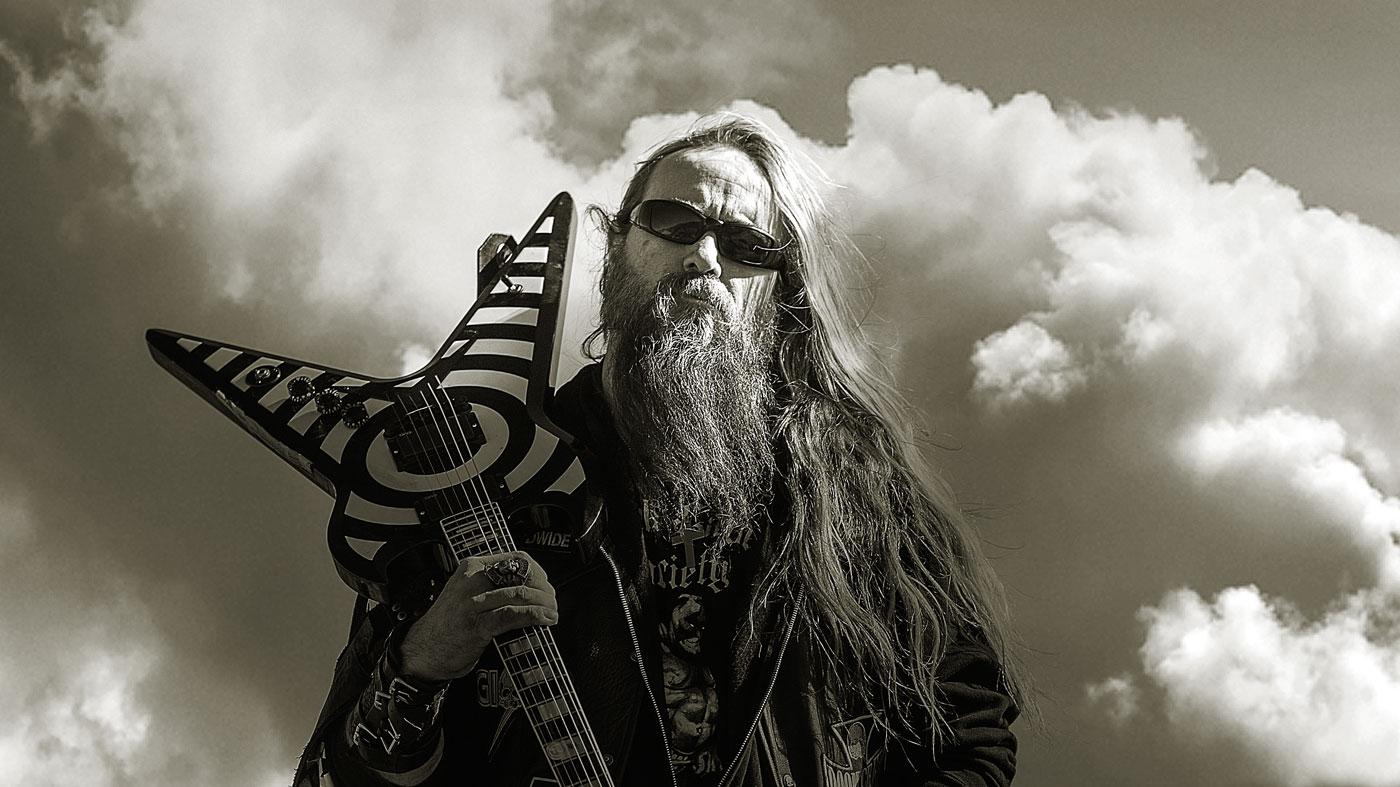
5. Country boy
Zakk singles out the country guitarist to learn from
“That chicken pickin’ sound all comes from banjo rolls. The best thing to do would be check out Albert Lee on YouTube or watch any of his instructional videos to physically see someone doing it.
"He uses so many chromatic and passing tones, and it’s those little things that make your vocabulary more musical and colourful than just pentatonic scales. It’s all in the extra notes and little slides.
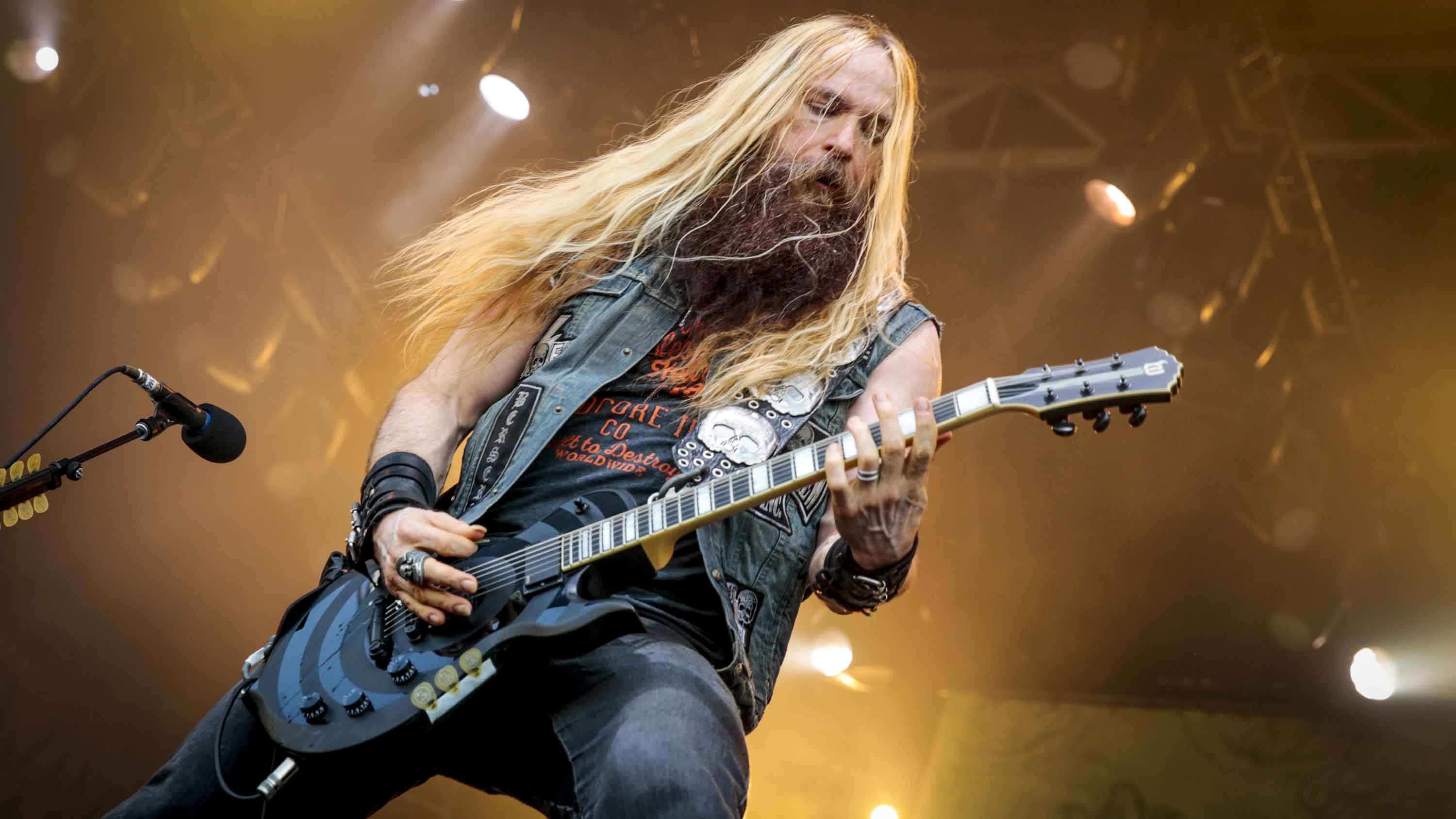
“Plus, a lot of that stuff is major, so the tonalities are different. The first time I saw him play, I realised there was this whole other world of techniques that I just loved the sound of. Blend some of that into your own style and it will open up new doors in your sound.
"The major stuff is more like The Allman Brothers, it’s really happy, but say if you went from the second fret to the fifth for minor pentatonic in A, it will sound really mean and nasty in comparison. Just between those two, there are tons of colours and flavours out there.”
6. Time waits for no-one
Zakk believes the key to practising is prioritising
“It comes down to what you want to learn. Stuff like chicken pickin’ or string skipping - if that sound doesn’t attract you, don’t worry about it. I love jazz players like Joe Pass, they’re ridiculous virtuoso guys, but scales like melodic minor don’t really fit over what I play so I focus more on blues and rock licks.
“I remember Johnny Winter being asked if he liked classical guitar players and he said while it was clear they were amazing musicians, what really moved him and made his heart skip was the blues. Imagine Johnny Winter sitting around practising Bach pieces… he’d be wondering what the hell he was doing.
“Truly love what you play and only do things that move you. It’s the same with food, some people just don’t like raw fish or sushi, which is totally fine. Why bother sitting around learning something you’re not attracted to… it just won’t do anything for you. The same goes for a 13-year-old metal kid learning blues stuff like Red House - they might find it boring and would rather be playing Slipknot!”
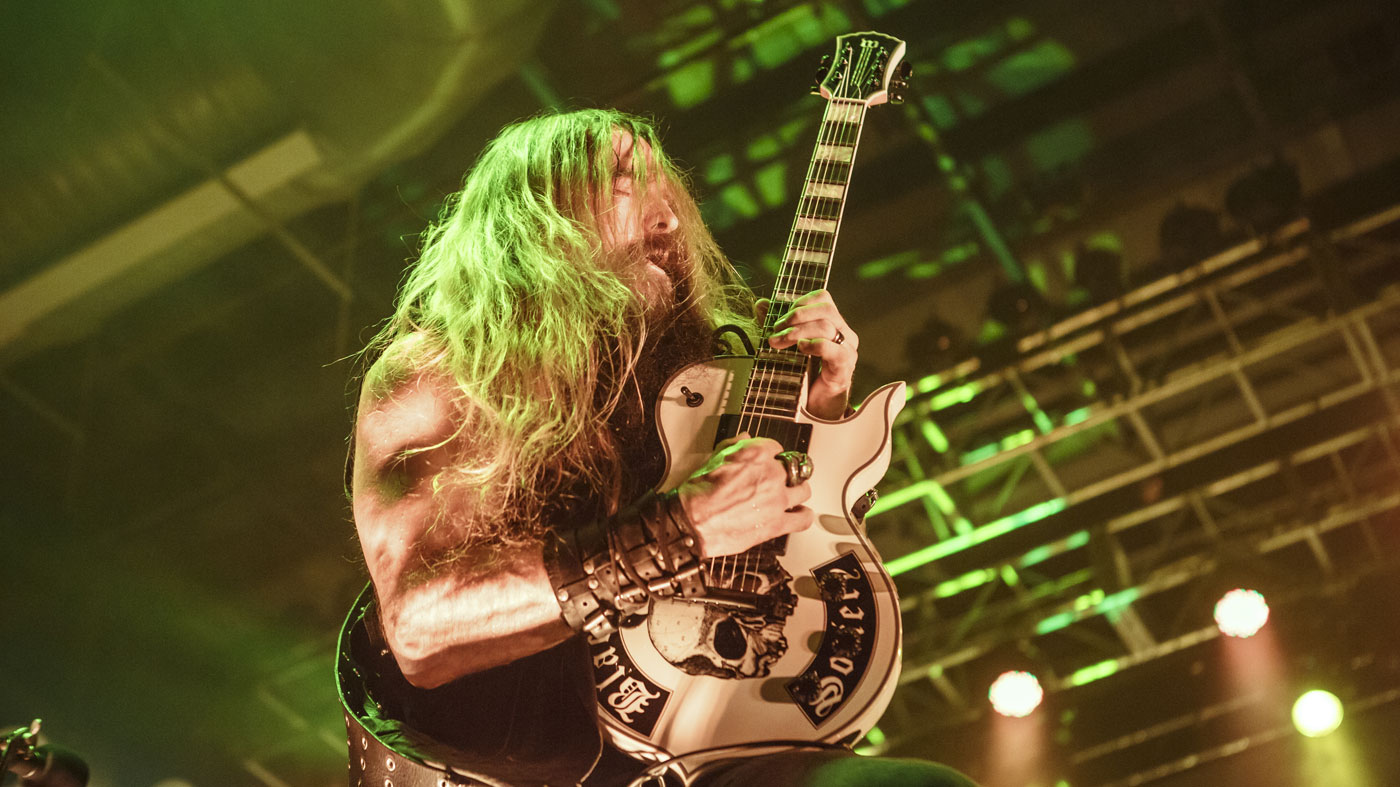
7. Lords of this world
Zakk on why certain players are simply born with a magical feel
“Vibrato plays a huge part in this - if you have great technique but terrible vibrato, it ruins the whole thing. Whenever you listen to any of the great players, from Neal Schon to George Lynch, Warren DiMartini, Vivian Campbell, Angus Young, Paul Kossoff, John Sykes, Eddie Van Halen or any of those cats… they all had great vibrato.
"Whether it was faster or wider or whatever, it was always ear-pleasing. Ask any of those players I mentioned and they’ll all tell you that vibrato can’t really be taught - it’s an element that’s just innately inside you and everyone will naturally have a different feel.
Vibrato plays a huge part in this - if you have great technique but terrible vibrato, it ruins the whole thing
“Mine is more of a smashing into the song than a slowly creeping-in approach. Even if I play on something mellow, like on Mama, I’m Coming Home, the vibrato might not as silly as it would be on Miracle Man, but it still sounds like me. That’s how vibrato plays a huge part in your phrasing.
"On the Generation Axe tour with Nuno Bettencourt, Yngwie Malmsteen, Tosin Abasi and Steve Vai… I’d hear the soundcheck and know within three notes who was plugged in. It’s all in the vibrato, each of them had their own signature take on it.”
8. No pain, no gain
There’s an art to controlling a guitar going through high-gain settings
“Practising with distortion helps you learn how to control it, which almost becomes a technique in its own right. I use a lot of it - on those old JCM800s I was playing through back in the day, I’d have the master on two or three and then gain all the way up. But when I turned all the distortion pedals off, it would basically be the sound from Back In Black or Highway To Hell - with no ringing in between the chords. It would not feedback or have any of that background noise because the pedals are where I get all the sustain.
“I’m doing the same with my Wylde Audio stuff - the amp tone is almost like my clean sound. I turn my guitar down to get clean, as I don’t use a proper clean channel. When I play songs like Mama, I’m Coming Home or Goodbye To Romance live, I just turn the pedals off and dial the guitar down. Then when it kicks in, I’ll crank everything up… the idea is to give you more of what you already have than switch into something new or different.”
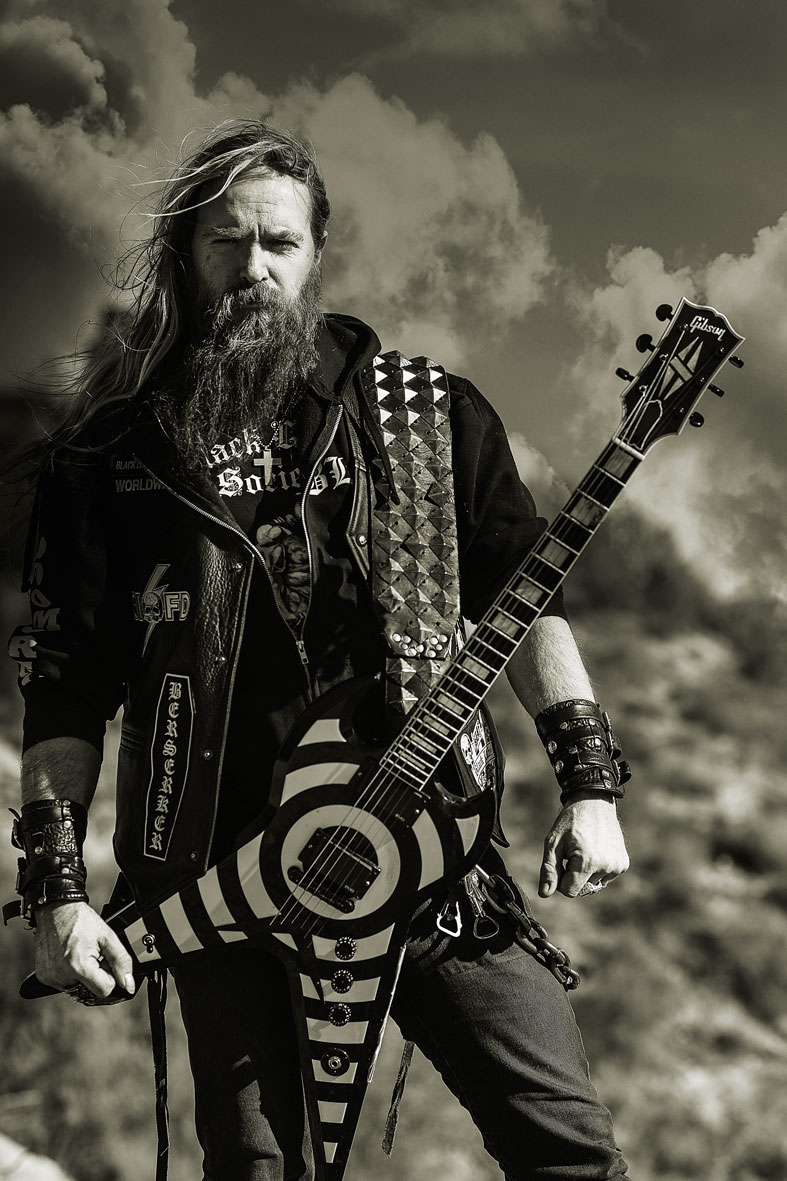
9. A good spread
Bigger is always better when you’re the only guitarist in the band
“I like my guitars doubled, so when I play live I have the chorus on all the time - that’s what helps get me that spread to widen things up. It’s different when I track the records in the studio, I’ll physically double the guitars to get a natural chorus - I’ve been doing it like that since the first Ozzy record.
When people say, ‘Guitar is dead,’ I just think to myself, ‘But there are more insane players now than ever before!
“The only album where I didn’t do it that way was Pride And Glory, which was just one guitar and that’s it. That record is pretty much live - one take through each song and though we’d try switching a couple of fills around, we’d usually kill it on the first one.”
10. Above And Beyond
Zakk on learning everything you can about the areas of the neck you don’t use
“There’s something genius about how much someone can pull out of a little area - seeing all that crazy shit going on in a tiny pentatonic box. Some people can make those sound like an unlimited amount of space, players like Eric Gales - who has a great technique when it comes to this stuff. I actually played on one of his records and he’s a phenomenal guitarist - and the guy can sing his ass off too.
“If you force yourself to use only three strings in a small box that you rarely use, you will eventually learn how to come up with a trillion things and phrases right there without even moving. That’s kinda awesome; you learn how to be really creative in a small amount of space.
“Once you start adding in all the different chromatics, there are tons of different options in any part of the fretboard - you’ll soon get a natural feel where things are and just know where you want to go. There’s just so much to learn nowadays, looking on social media, there are so many amazing players. So, when people say, ‘Guitar is dead,’ I just think to myself, ‘But there are more insane players now than ever before!’”
Grimmest Hits is out now on Spinefarm Records. Zakk plays the Download Festival with Ozzy Osbourne on 10 June.
Amit has been writing for titles like Total Guitar, MusicRadar and Guitar World for over a decade and counts Richie Kotzen, Guthrie Govan and Jeff Beck among his primary influences. He's interviewed everyone from Ozzy Osbourne and Lemmy to Slash and Jimmy Page, and once even traded solos with a member of Slayer on a track released internationally. As a session guitarist, he's played alongside members of Judas Priest and Uriah Heep in London ensemble Metalworks, as well as handling lead guitars for legends like Glen Matlock (Sex Pistols, The Faces) and Stu Hamm (Steve Vai, Joe Satriani, G3).


